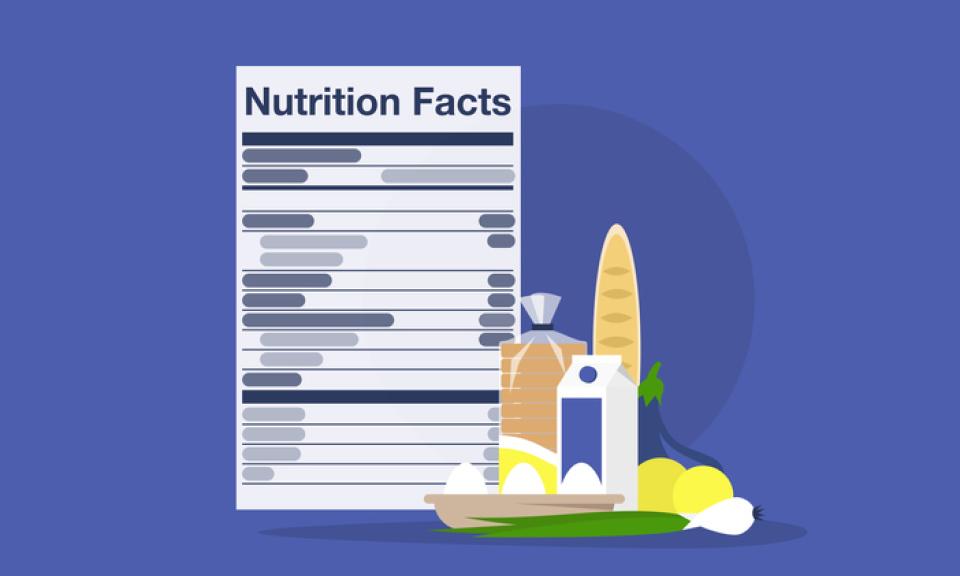Consumers have a lot of ideas about which foods are healthy and which are not, but it may take less than you think to correct any mistaken beliefs and boost your sales
Research has shown that certain product attributes – a taste claim front-of-pack, retailer-owned brand and particularly a lower price point – all carry a consumer perception of being less healthy than comparable products. What is not clear is the extent to which these consumer perceptions, and misconceptions, can be challenged on-pack to increase sales at the point of purchase, and the difference this might make across different product categories.
There is a lay belief that cheaper products are less healthy – so evidence of whether this can be challenged on-pack can inform brand marketing and public health policy. By setting up a rigorously designed research programme, we hoped to establish whether the addition of a health symbol – which already had credibility and was widely recognised by consumers – could challenge these lay beliefs.
We focused on the use of the Choices health symbol in the Dutch market between 2011 and 2015. Despite being dropped in later years, at the time Choices was a well-established and trusted symbol with high consumer awareness, leading to instant recognition and acceptance at the point of purchase. The familiar “tick” indicated to consumers that a product was a healthier or “conscious” choice within a specific category, as agreed by an independent, scientific panel of experts.
Brand owners can challenge consumer perception that cheaper products are less healthy simply because of their price point
By collating scanned data and using marketing mix modelling to extrapolate other elements of the marketing mix, we were able to confirm our research hypotheses and show that a health symbol has more positive impact in a category already perceived as healthy. Also, that it can change existing consumer perceptions and increase sales where lay beliefs, often inaccurately, deem products to be less healthy – specifically in the case of products with a taste claim front-of-pack, those at a lower price point and retailer branded products.
One of the key insights from this research is that brand owners can challenge consumer perception that cheaper products are less healthy simply because of their price point. This can translate into an increase of more than eight per cent in sales volume in a category already deemed to be healthier.
This research is important for manufacturers, retailers and policymakers because it looks at the real-life context of volume sales on a broad scale, covering 3,970 products across 29 categories over a four-year period. It taps into the growing trend for healthy food and beverages and addresses the difficulties with legislative Nutritional Food Panels which are complex for consumers to navigate when making quick decisions in a crowded category with an array of promotional messages. While a programme like Choices adds cost for brand owners in several ways, the benefits may well prove worthwhile.
The research was able to show that:
- Manufacturers can gain a sales uplift of more than eight per cent by adding a credible health symbol such as Choices on the front of the pack, in a healthy product category such as seeds or frozen vegetables.
- In a category such as mayonnaise or condiments, which is perceived as unhealthier by consumers, this uplift is less at just under three per cent.
- Products with a front-of-pack taste claim and own-brand products also benefit from the addition of a health symbol. Lower priced products benefit too, albeit to a lesser degree.
- The addition of a health symbol in unhealthy categories results in consumers switching to a healthier product in the same category without driving category sales overall.
- Where eligible to carry the symbol, its absence may make products more vulnerable to competition.
- Where the health symbol is added to a product, this has a negative impact on competitive products.
Key to this research is the credibility and acceptance of the health accreditation programme. In terms of public health policy, it evidences the value to governments of adopting or investing in a programme such as this, provided it is seen by consumers as independent, scientifically robust and therefore trusted as a relative measure of healthiness within an individual category. The addition of a health symbol in the FMCG sector can persuade consumers to switch to healthier options in an unhealthy category without increasing demand overall, thus leading to obvious public health benefits.
This is precisely the type of evidence-based analysis that students learn about within the Marketing Analytics module of the MSc Strategic Marketing programme. There is a proliferation of tools at the disposal of marketeers, from price promotions to licensing and advertising. We teach students to measure the effectiveness of marketing actions, in order to understand what drives sales and thus improve product and brand performance.
This article draws on findings from "Going Healthy: How Product Characteristics Influence the Sales Impact of Front-ofPack Health Symbols" by Stijn Maesen (Imperial London), Lien Lamey (KU Leuven), A. ter Braak (Maastricht University) et al.


